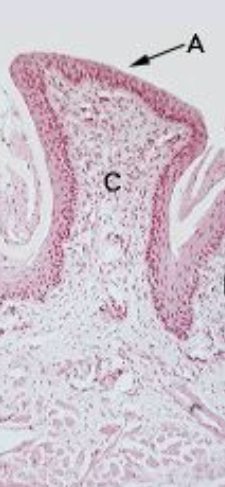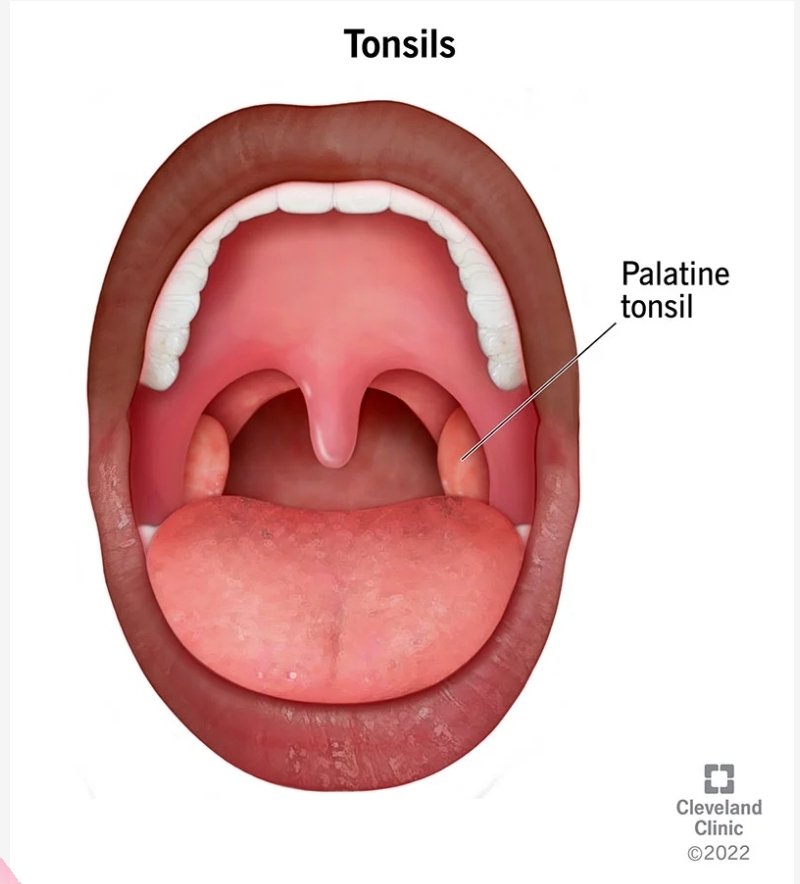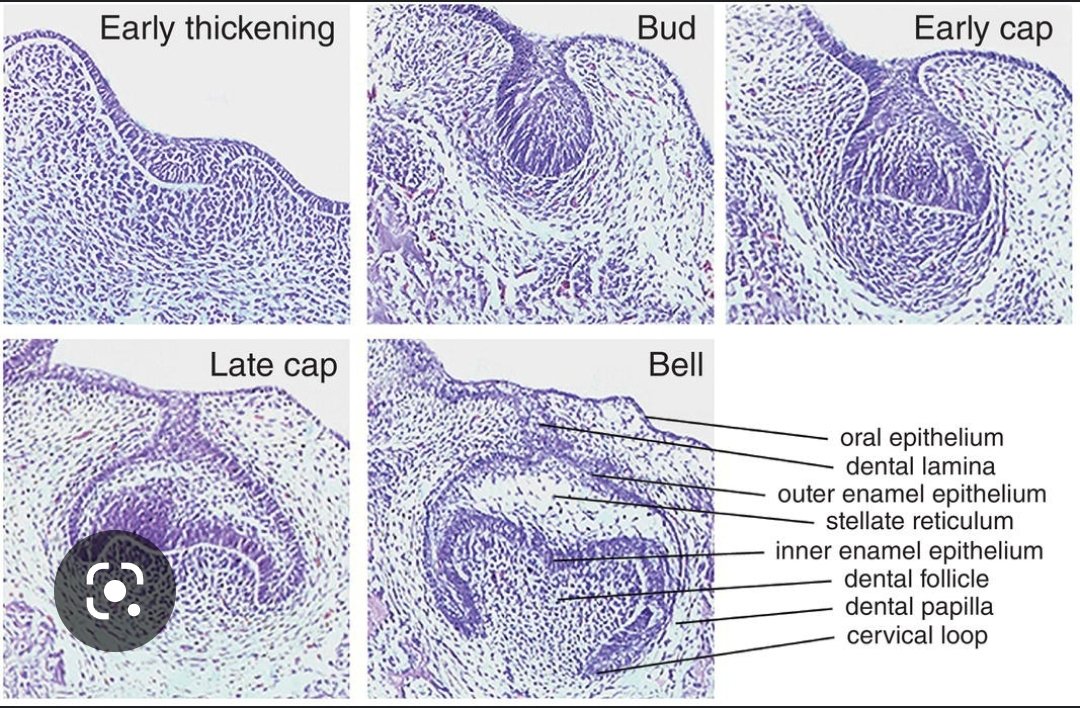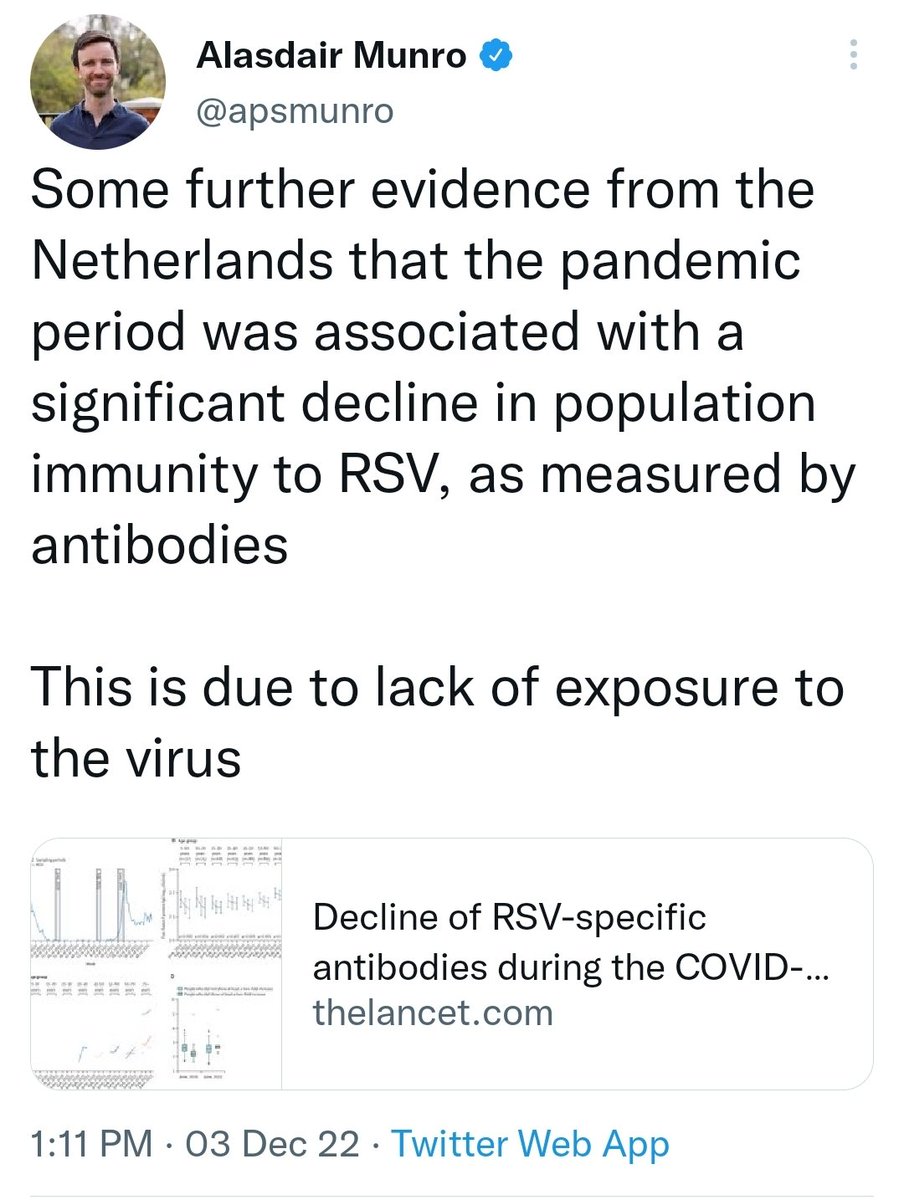
The oral cavity isn't just for smiling. It, in fact, has so many mechanisms that help protect you against disease. You have a lot to consider when it comes to oral immunology. Among these, you have your saliva, mucosa, gingival sulcus, tonsils, and your TASTE BUDS. ...
People usually associate taste buds with, well, taste. But there's really much more to this structure than just taste perception. A bit about the taste buds first before we go on to its role in oral immunology....
The "top side" of the 👅 has three major taste buds named after their shape when seen under the 🔬: fungiform (mushroom-shaped), foliate (leaf-shaped), and circumvallate (dome-shaped ). Pic shows fungiform papillae uky.edu/~brmacp/oralhi… 

These papillae are scattered in different locations on the tongue. Circumvallate papillae are at the back near the tonsils, foliate papillae are on the sides of the tongue, and fungiform ones are at the tip...biologyboom.com/wp-content/upl… 

Among all the papillae, the fungiform papillae are the ones that contain taste buds. Circumvallate papillae contain around 100 taste buds, while the foliate papillae have none....
One special kind of immune tissue found in special body structures is called MALTs (Mucosa Associated Lymphoid Tissue). These are seen in organs with mucosa with many seen in the gut. In the gut, these MALTS have special cells called Microfold cells (M cells) which take in...
Pathogens so they can be delivered to other immune cells like dendritic cells and macrophage so they can be processed and "presented" to your more famous cells --the T-cells and B-cells.
The papillae on your tongue are also surrounded by the immune cells mentioned above...
The papillae on your tongue are also surrounded by the immune cells mentioned above...
In a study performed in mice, it was shown that taste cells meant to process sweet tastes (type 2 cells) can also elicit an immune response similar to M cells which, in turn, can activate the other immune cells to fight pathogens. journals.plos.org/plosbiology/ar…
In this study, mice with and without a protein called Spib were observed. Mice with Spib were able to activate signals similar to those of M cells in the gut which could then activate other immune cells. These were particularly seen in the sweet taste cells and not...
In other taste cells.
A protein known as RANKL is known to stimulate M cells in the gut.
Adding RANKL to mice with Spib further stimulated M cells signals.
Also noted in the study were mice with Spib showing an increased liking to sweet tastes...
A protein known as RANKL is known to stimulate M cells in the gut.
Adding RANKL to mice with Spib further stimulated M cells signals.
Also noted in the study were mice with Spib showing an increased liking to sweet tastes...
In addition to your sweet taste buds being part of mucosal immunity, some other things to consider is how you lose your sense of taste whenever you get sick. This is due to interactions between pathogenic proteins and proteins on your 👅 surface...
Which lead to an inflammatory response. (Yes, it's most probably the same thing that happens in #Covid. That's how much your tongue can protect you from pathogens.)
Take note too that RANKL is a protein that is known to induce an inflammatory response...
Take note too that RANKL is a protein that is known to induce an inflammatory response...
In gum diseases like periodontitis.
(Sounds familiar?)
Extreme responses during disease can also lead to oral dysbiosis...
hindawi.com/journals/bmri/…
(Sounds familiar?)
Extreme responses during disease can also lead to oral dysbiosis...
hindawi.com/journals/bmri/…
That can lead to oral diseases like thrush and even a condition called "black tongue". (Again, sounds familiar?)
Oral dysbiosis can also lead to autoimmunity....
frontiersin.org/articles/10.33…
Oral dysbiosis can also lead to autoimmunity....
frontiersin.org/articles/10.33…
So putting all these things together, what "new thing" has caused extreme inflammatory reactions that has led to loss of taste and oral dysbiosis?
Btw,autoimmunity has also been greatly attributed to this "new thing". ABC? H/T @DavidJoffe64
sciencedirect.com/science/articl…
Btw,autoimmunity has also been greatly attributed to this "new thing". ABC? H/T @DavidJoffe64
sciencedirect.com/science/articl…
• • •
Missing some Tweet in this thread? You can try to
force a refresh








